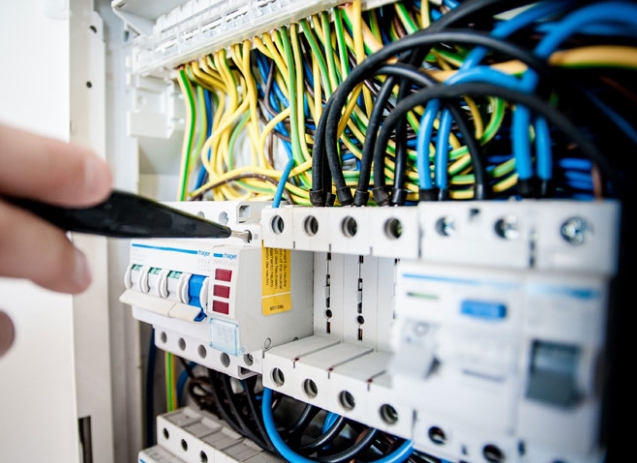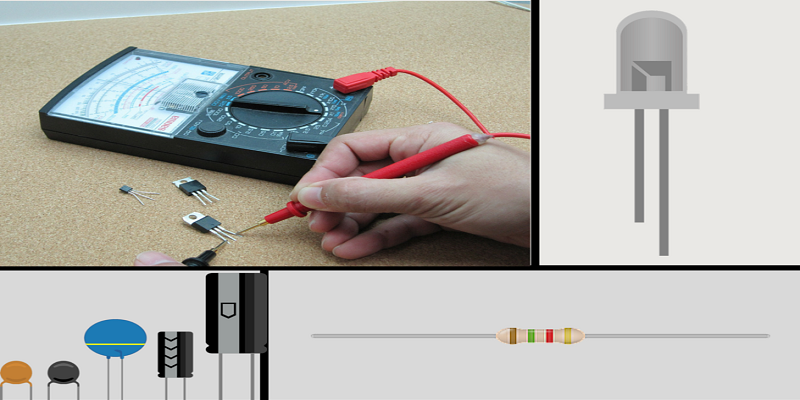In the realm of electrical systems, two indispensable components play a crucial role in ensuring safety and efficient operation: relays and circuit breakers. These power guardians are designed to protect electrical circuits from overloads, short circuits, and other potential hazards. In this article, we will delve into the depths of relay and circuit breaker technologies, exploring their functions, differences, and applications.
- Understanding Relays:
Relays serve as electromechanical switches that control the flow of electricity within a circuit. They act as intermediaries between low-power control signals and high-power loads, enabling the safe and efficient operation of various electrical devices. Relays consist of a coil, an armature, and a set of contacts. When an electrical current passes through the coil, it generates a magnetic field that attracts the armature, causing the contacts to close or open, thus completing or interrupting the circuit.
1.1 Types of Relays:
There are several types of relays, each tailored to specific applications. Some common types include:
- Electromechanical Relays: These relays use mechanical components to control electrical circuits and are widely used in industrial automation, telecommunications, and automotive systems.
- Solid-State Relays (SSRs): Unlike electromechanical relays, SSRs utilize semiconductor devices to switch electrical currents. They offer faster switching speeds, higher reliability, and noise-free operation, making them ideal for applications such as motor control and power distribution.
- Reed Relays: Reed relays employ magnetically operated reed switches, offering excellent isolation and low contact resistance. They find applications in test and measurement equipment, telecommunications, and medical devices.
- Unveiling Circuit Breakers:
Circuit breakers, on the other hand, are automatic switches designed to protect electrical circuits from excessive current, short circuits, and ground faults. They act as safety devices that interrupt the flow of electricity when abnormal conditions occur, preventing damage to equipment and potential hazards such as fires. Circuit breakers consist of a switch mechanism, a tripping mechanism, and a protection device.
2.1 Types of Circuit Breakers:
Circuit breakers come in various types, each tailored to specific voltage levels and applications. Some common types include:
- Miniature Circuit Breakers (MCBs): MCBs are widely used in residential and commercial buildings to protect against overloads and short circuits. They offer quick response times and are available in different current ratings.
- Molded Case Circuit Breakers (MCCBs): MCCBs are designed for higher current applications and provide protection against overloads, short circuits, and ground faults. They find applications in industrial settings, power distribution systems, and large machinery.
- Residual Current Circuit Breakers (RCCBs): RCCBs are specialized circuit breakers that detect and protect against ground faults, providing additional safety in electrical installations.
- Applications and Importance:
Relays and circuit breakers play vital roles in various industries and applications. Relays are essential in controlling motors, lighting systems, HVAC systems, and industrial automation. They enable efficient energy management, prevent equipment damage, and ensure safe operation. Circuit breakers, on the other hand, are crucial in protecting electrical systems in residential, commercial, and industrial settings. They safeguard against electrical faults, prevent electrical fires, and minimize downtime.
Conclusion:
Relays and circuit breakers are the unsung heroes of electrical systems, silently working to protect and control the flow of electricity. Understanding their functions, types, and applications is essential for engineers, technicians, and anyone working with electrical systems. By harnessing the power of relays and circuit breakers, we can ensure the safety, reliability, and efficiency of our electrical infrastructure.



